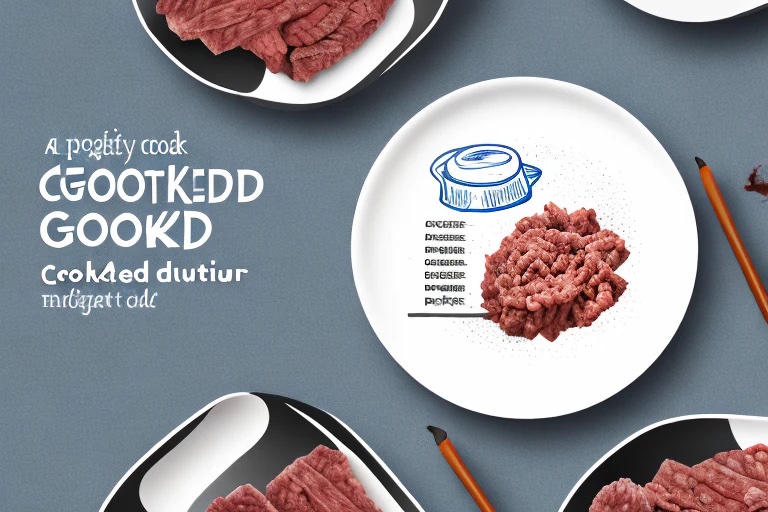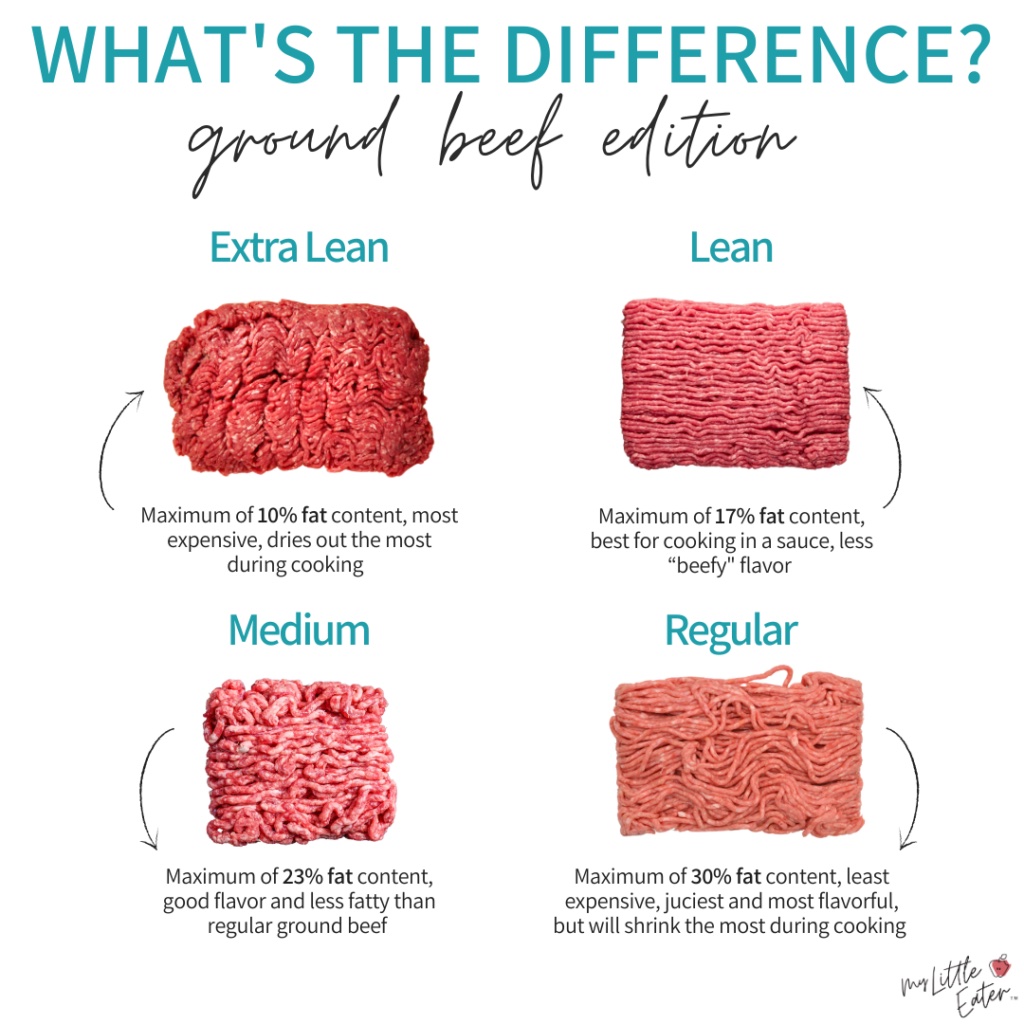Visualizing 4 oz Ground Beef: Understanding Its Characteristics
When evaluating 4 oz of ground beef, several visual characteristics can provide insights into its quality and suitability for various culinary uses. This guide breaks down these key attributes to help you better understand what to look for.
(visual 4 oz ground beef)
1. Color
-
Fresh Appearance: Fresh ground beef typically has a bright red color on its surface. This red hue is due to myoglobin, a protein that binds oxygen in muscle tissues and is a key indicator of freshness. If the beef appears brown or gray, it might be oxidized, but this does not always indicate spoilage. Learn more about myoglobin and meat color in our detailed article Understanding Meat Color and Freshness.
-
-
Oxidation Effects: Over time, ground beef can turn from red to a darker brown due to oxidation. While this color change is normal, ensure that the beef is not excessively dark or has an off-putting color, which could suggest it is no longer fresh. For more on meat spoilage, see our guide on How to Identify Spoiled Meat.
2. Fat Content
-
Fat-to-Lean Ratio: Ground beef comes in various fat-to-lean ratios, such as 80/20 or 90/10, where the first number represents the percentage of lean meat and the second number represents the fat content. In a visual assessment, this ratio affects how much visible fat or marbling is present. More fat typically means juicier and more flavorful beef. For more on choosing the right fat-to-lean ratio, check out our article Choosing the Best Ground Beef for Your Recipes.
-
-
Fat Distribution: Look for an even distribution of fat within the ground beef. Marbling or small flecks of fat throughout the meat contribute to its texture and flavor. Ground beef with uneven fat distribution might cook unevenly.
3. Texture
-
Ground Consistency: High-quality ground beef should have a fine, consistent texture. It should not be overly coarse or chunky. A smooth texture indicates that the beef has been properly ground, which affects how well it cooks and integrates into dishes.
-
-
Moisture Level: The texture can also be influenced by the moisture content. Properly ground beef should feel slightly moist but not overly wet or sticky. Excess moisture can indicate that the beef might not hold its shape well when cooked.
4. Visual Indicators of Freshness
-
Surface Inspection: Check the surface of the ground beef for any discoloration or dry spots. Fresh ground beef should have a uniform appearance without any gray or slimy patches. Any off-putting smell or texture changes could indicate spoilage.
-
-
Packaging Check: When buying pre-packaged ground beef, ensure that the packaging is intact and that the meat has been stored properly. Any leaks or bloating in the packaging can be a sign of spoilage.
5. Cooking Considerations
-
Cooking Outcome: The visual characteristics of ground beef can impact its cooking performance. For instance, higher fat content typically results in more juiciness and flavor, whereas leaner ground beef might dry out faster. Pay attention to how the beef cooks and whether it maintains a desirable texture.
-
-
Browning and Caramelization: As ground beef cooks, it should brown evenly. A uniform browning indicates that the beef is cooking well and developing rich flavor compounds. Any uneven cooking or excessive sticking could suggest issues with the meat's quality or preparation.
Conclusion
Visualizing 4 oz of ground beef involves assessing its color, fat content, texture, and freshness indicators. By paying attention to these key characteristics, you can make informed decisions about the quality of ground beef and how it will perform in your cooking. Understanding these attributes helps ensure that you select the best ground beef for your culinary needs. For more tips on meat selection and preparation, check out How to Select Quality Ground Beef and Tips for Cooking Ground Beef Perfectly.

